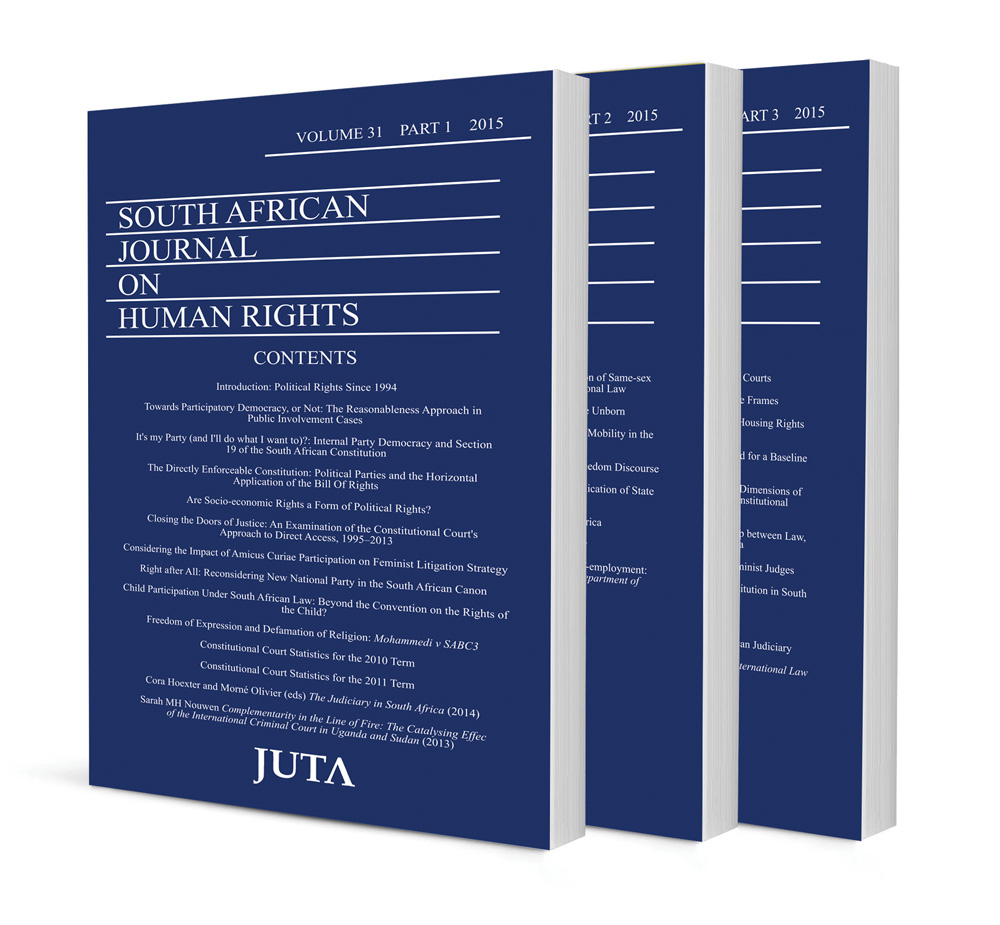
Balancing the best interests of the child and the interests of society when sentencing youth offenders and primary caregivers in South Africa
Authors Admark Moyo
ISSN: 1996-2126
Affiliations: PhD candidate, University of Cape Town (UCT)
Source: South African Journal on Human Rights, Volume 29 Issue 2, 2013, p. 314 – 350
Abstract
In the context of sentencing children in conflict with the law, the need to balance the best interests of the child and the interests of society replays the ideological tension between the welfare model and the justice model of juvenile justice. The welfare model of juvenile justice emphasises the rehabilitation needs of the offender and the justice model stresses due process and accountability for one’s conduct. Yet, sentences imposed on many offenders usually carry elements of both models and there are indications that South Africa has adopted another emerging model of juvenile justice — the restorative justice model. Generally, the type of sentence to be meted out is determined by the nature and gravity of the offence; the circumstances of the offender; and the interests of society. This triadic method has been codified in the Child Justice Act as the criteria for determining sentences that balance the interests of the child and those of society. When sentencing primary caregivers, the courts are also required to balance the interests of society and the best interests of the child(ren) of the primary caregiver. In this instance, the courts should be mindful that it is not the child who has committed an offence, but an adult who has the capacity to understand the implications of his or her conduct for the social, moral, intellectual and physical development of their child. However, the bench is bound to ensure that the interests of the child are not severely negatively affected by the imposition of custodial sentences where other non-residential alternatives could be appropriate for the offence committed by the primary caregiver. In the two cases that were decided by the Constitutional Court, much turned on the availability or otherwise of other appropriate caregivers who were willing to take care of the children during their mothers’ incarceration.